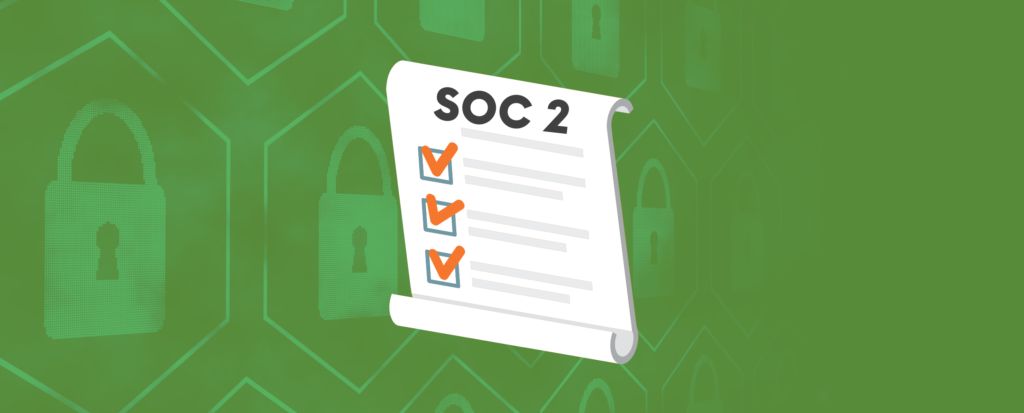What Legal Professionals Need to Know About the Importance of SOC 2 Compliance

Understanding security compliance can be especially important for legal firms that represent banks, defense contractors and other financial institutions that are regulated by the PCI Security Standards Council and the Sarbanes-Oxley Act. Data security will continue to remain a major focus for corporate IT risk management.
What is SOC 2 Compliance?
SOC 2 compliance refers to Service Organization Control (SOC) framework, which is issued by the American Institute of Certified Public Accountants. SOC works to reshape reporting requirements for service organizations, including cloud computing. SOC 1 reports are used as part of the SSAE 16 standard for reporting on controls, while SOC 2 and SOC 3 reports focus more on technology and cloud computing using Trust Services Principles.
What Does SOC 2 Certify?
SOC 2 Certifies Security, Access Reliability, Confidentiality, Process Integrity and Privacy of Information.
Many are confused about the difference between SOC 1 and SOC 2 compliance. SOC 1 focuses on the security of financials, allowing a vendor to create a set of criteria regarding compliance and then passing an audit that shows that they met the criteria. SOC 2 is a newer audit and far more comprehensive requiring an audit that is conducted by an independent third-party and that information security controls are in place to protect data.
Why is SOC 2 Compliance Important to Security?
SOC 2 exists to address general IT controls so that clients have an expectation that their data is maintained responsibly in terms of initiation, processing and the reporting of transactions in a secure manner. Without some type of framework, and because SOC 1 compliance permitted self-policing by providers, there was previously no method of control to ensure that data was secure.
TERIS continues to achieve SOC 2 certification as part of its on-going commitment to help mitigate risks and ensure that client data is highly secure. TERIS policies, procedures and infrastructure for data protection, security and confidentiality met or exceeded SOC 2’s criteria.